We have heard about many of the benefits of Flutter for designers, developers, managers, and businesses, and how Flutter speeds up app development. In this post, we’ll be summarizing some of those benefits to spark further discussions with collaborators and clients.
- Reduced costs and complexity. Building apps for several platforms with a single codebase is one of the most important Flutter benefits. Agile teams working with the same codebase can speed development and synchronize releases, free up resources, and reduce complexity. In addition, Flutter is implemented mostly in Dart programming language. Thus, it is accessible to developers who are familiar with object-oriented languages and imperative programming concepts for managing the state of widgets. All of this offers greater control to developers.
- Flexible architecture with high stability. Flutter is a reactive framework which is layered and customizable. Flutter’s layered design offers flexibility for making changes, allowing access to any stack level, using any component, or replacing upper layers. The Flutter framework is reactive; it decouples the user interface from the app’s underlying state and updates at runtime when state changes, using the created configuration. Developers can also create layers of abstraction to suit specific use cases.
- Build delightful app experiences with a smooth UI. A Flutter advantage is that it lets designers create beautiful graphics, animations, and gestures. Flutter app development helps to turn concepts and MVPs into prototypes and final products faster. Another benefit of Flutter apps is that Flutter allows turning UI code into a pixel-perfect experience due to the implementation of widgets with Material Design and iOS design languages.
- Easy navigation of fluid and responsive apps with native performance. Flutter offers a rich set of design-specific widgets. Flutter offers Material Design and Cupertino libraries and uses its own engine to render widgets, which can be easily customized and modified to create UI elements and layouts. Flutter also offers layout widgets and themes for sharing colors, font styles, etc. Combining widgets helps to implement visual and interaction designs.
- Package ecosystem. Flutter developers implement available packages and plugin APIs that supplement the core functionality. Flutter allows connection to its system and external SDKs, and another benefit is the availability of plugins for IntelliJ, Android Studio, and VS Code. In addition, Flutter offers command line tools and supported editors such as Emacs. Another advantage is the availability of services and API packages to be used by developers.
- Running apps in the Dart Virtual Machine (VM). Flutter enables apps to run in a VM and updates changes in code using the Hot Reload feature, eliminating the need to recompile the code fully. In addition, Hot Reload retains the app state (stateful) after reloading, enabling iterations.
- Interoperation with other programming languages. Flutter can interoperate and access Android and iOS mobile platforms and call platform-specific APIs in other programming languages (Java, Kotlin, Objective C, Swift), as well as access services invoking platform channels. This functionality is supported through an asynchronous message-passing mechanism that does not rely on generating code. Instead, developers can use a code generation tool (Pigeon) for easy communication with the iOS or Android platform.
- Flutter development tools (DevTools). Flutter tools provide advantages for testing, debugging, and profiling apps. Visualize and explore widget trees using Flutter Inspector and command line tools for interacting with Flutter. DevTools can be used with your IDE or command line Dev workflow to inspect UI layouts and state, diagnose UI performance, perform CPU and network profiling, analyze code, debug issues, etc.
- Flutter APIs for unit tests and integration testing. Integration tests run the app on physical devices or emulators to verify widgets and services. The Flutter SDK provides an integration test package that enables self-driving testing compatible with Flutter driver and native testing. Flutter also provides widget testing to verify the look and interactions.
- Continuous integration/Continuous delivery (CI/CD). Another benefit of a Flutter app is that it can be tested automatically to validate if it’s working properly through continuous delivery (CD) best practices. Check the CI/CD options for automating the Flutter app delivery with built-in functionality such as Bitrise or implementing Fastlane, and then integrate with your existing CI workflow (GitLab, GitHub, Travis, etc.).
- Flutter apps can be efficiently maintained and supported. Flutter benefits businesses and developers as designers no longer have to maintain code natively across several platforms and browsers. In addition, developers share layout code reused across platforms, use the same tools and workflows, and work as one team to build unified brand-driven designs across platforms.
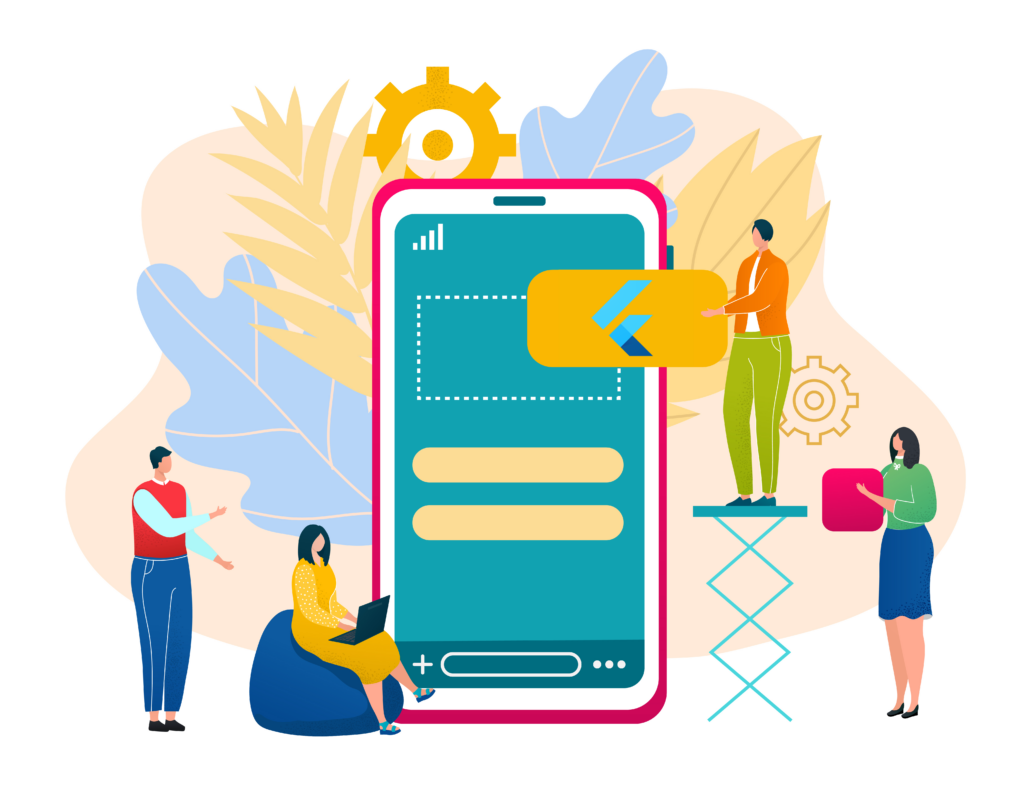





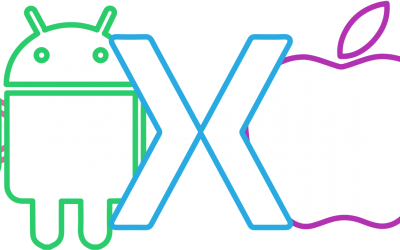
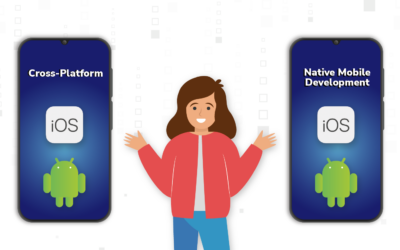
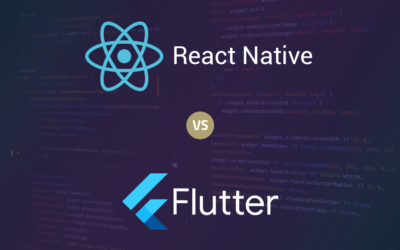


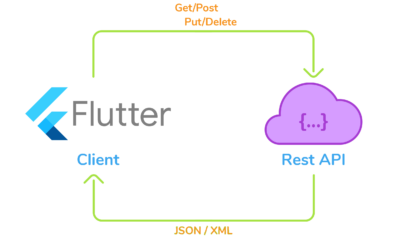
I just finished reading this blog post on the benefits of Flutter App Development and I must say, it’s a home run! The advantages you highlighted, such as reduced costs and complexity, flexible architecture with high stability, are truly impressive. As someone who has worked with Cross Platform App Development services for years, I can attest to the power of Flutter. Keep up the excellent work in showcasing the benefits of Flutter App development, especially its flexibility, which is a major plus for any Flutter app development company looking to create a seamless user experience!